For some plants, winter is a serious test. Today, many summer residents are successfully using covering material for young trees, shrubs and other heat-loving crops. It protects them from severe frosts, winds and temperature extremes. The market for such a product is large and diverse. To choose the right covering material for the winter for plants, you need to know the properties and characteristics of the insulation, because each has its own pros and cons.
Content
Reasons to Shelter Trees
In winter, the metabolism of crops slows down, visible growth stops, and they come to rest. At this time, new cells and tissues form in the plants, the rudiments of the leaves are laid, so they become vulnerable.
The main reasons for shelter:
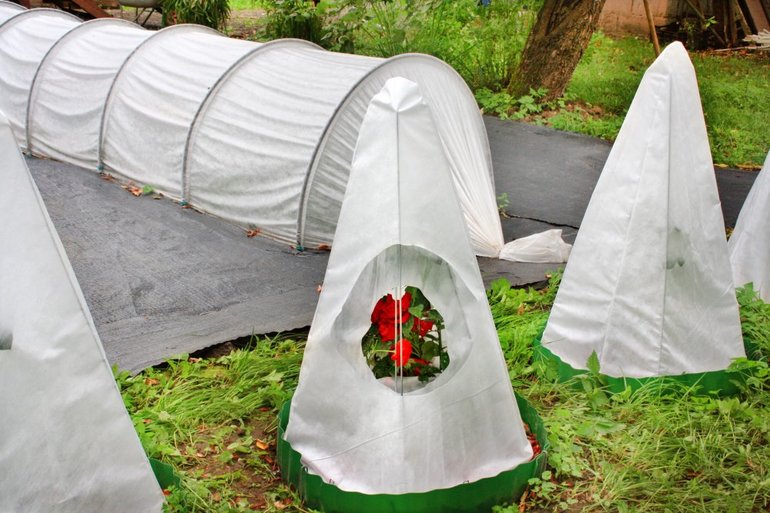
- In some regions, frost "comes" earlier than snow. The absence of snow cover leads to freezing of shoots and plant roots.
- As a result of sudden changes in temperature, frost cracks appear on tree trunks, which makes them vulnerable to pests and diseases.
- Burning sunny days appear on tree trunks.
- Due to the lack of food for rodents and hares in winter, they are happy to eat tree bark and shoots.
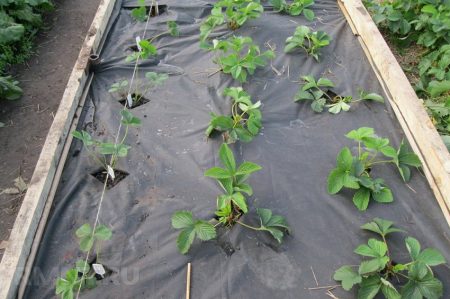 You may be interested in:
You may be interested in:Plant warming
Many crops can overwinter without warming. But for the successful cultivation of certain species requires special conditions. The following plants are subject to shelter:
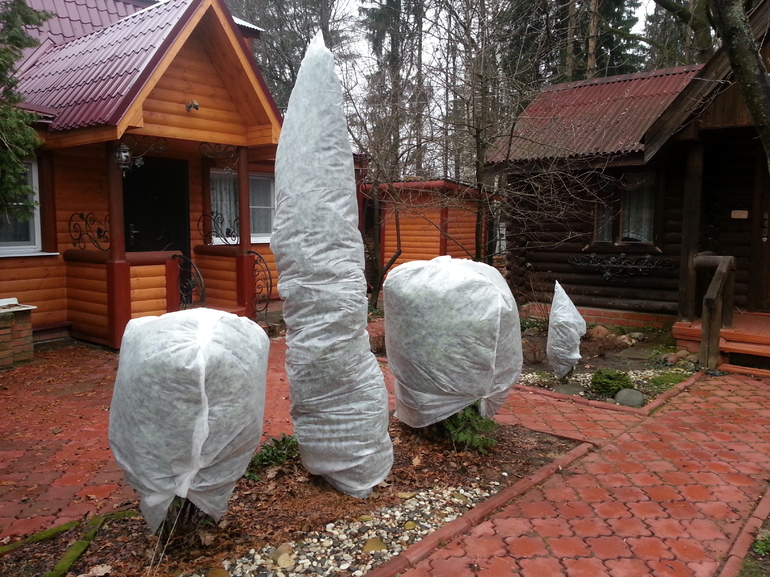
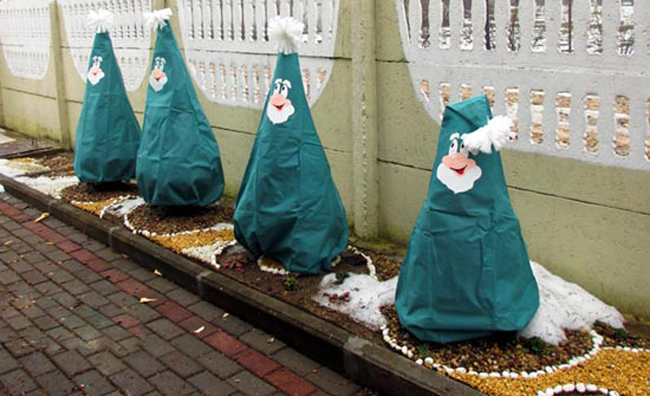 You may be interested in:
You may be interested in:- bulbous flowers;
- all roses;
- ornamental shrubs;
- alpine plants;
- conifers;
- Strawberry Raspberry;
- rhododendrons;
- perennial flowers, clematis;
- winter garlic.
Natural covering material
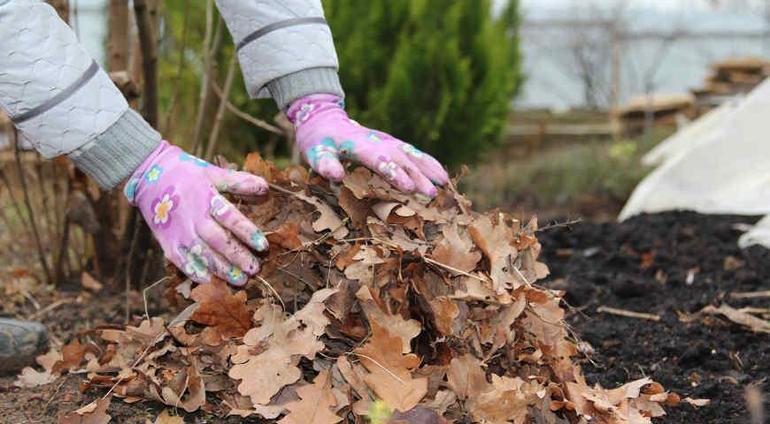
Such a heater refers to traditional methods of shelter. It does not require cash costs, it can be found in almost any locality. Natural raw materials are environmentally friendly. At the end of the season, it does not need to be washed or cleaned.
Leaves are among the most affordable heaters that protect crops from the cold. Harvesting them is in a period of prolonged sunny and dry weather. Mandatory conditions for the use of leaves:
- Material is used only from healthy trees.
- Foliage should be free of plaque and stains.
- The absence of pests in crops is a prerequisite.
Preference should be given to the leaves of a chestnut, birch or maple. Unlike fruit trees, they are more resistant to temperature changes and decompose more slowly. So that the leaves do not stick together during rains, which makes it difficult for air to reach the roots, they are additionally covered with other material.
In areas where conifers grow, spruce branches are widely used.Fir, pine and spruce are suitable for this. The needles do not get wet, they pass air well and keep their shape. Trees tied with spruce branches receive not only protection from the cold, but also from rodents, which are scared away by prickly needles.
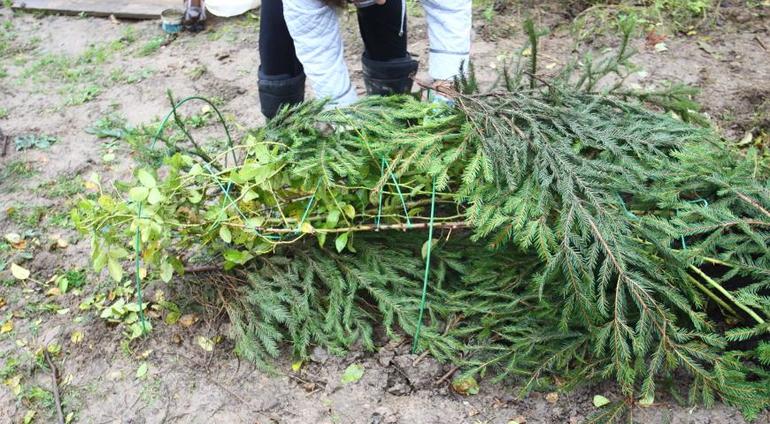
Snow is the most convenient, but not in all regions reliable covering material. It can fall out after the frost has already come, melt at the height of winter, and then turn into a crust of ice. Strong wind blows snow in open areas. It is worth monitoring the level of snow on the territory and, if necessary, carry out activities to detain it. You can make it with stalks of corn, raspberries or sunflowers, cut branches from trees, corrugated board or plastic mesh.
Non woven fabric
This is one of the best ways to protect yourself from the cold. The material is capable of passing moisture and air. Under it, a constant warm temperature is maintained, including due to the ability to transmit sunlight. The soft structure and light weight allow you to throw material on plants without a frame. It is enough at the ground to fix it with something heavy. All non-woven materials differ in name, manufacturer, web thickness and roll size.
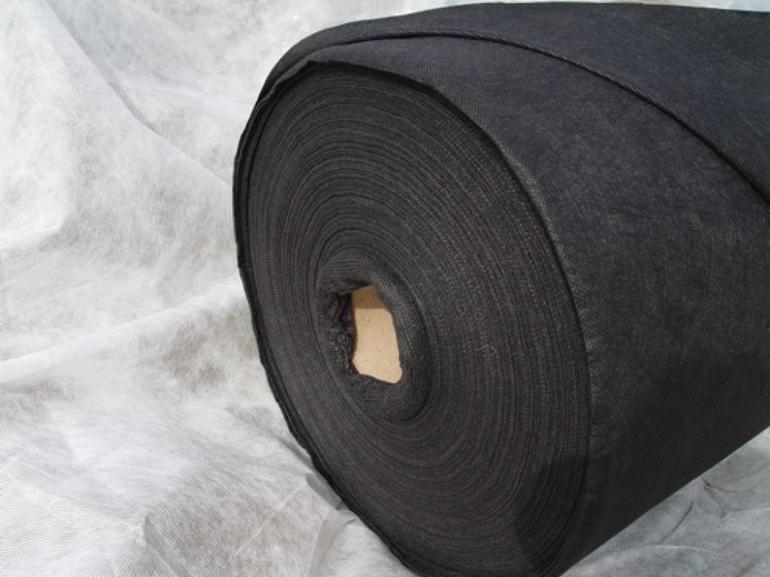
The fibrous or mesh structure of white or black lutrasil well protects plants from frost. They can cover the rhododendrons, rose bushes and young trees. The material is inexpensive, soft, dense and of different thicknesses. Lutrasil does not give in to decay and well protects from frosts to -7 ºС. He is unpretentious in care and retains his appearance for 3 seasons. It is easy to collapse and expand. The composition of the material is safe for plants and humans, does not emit toxins.
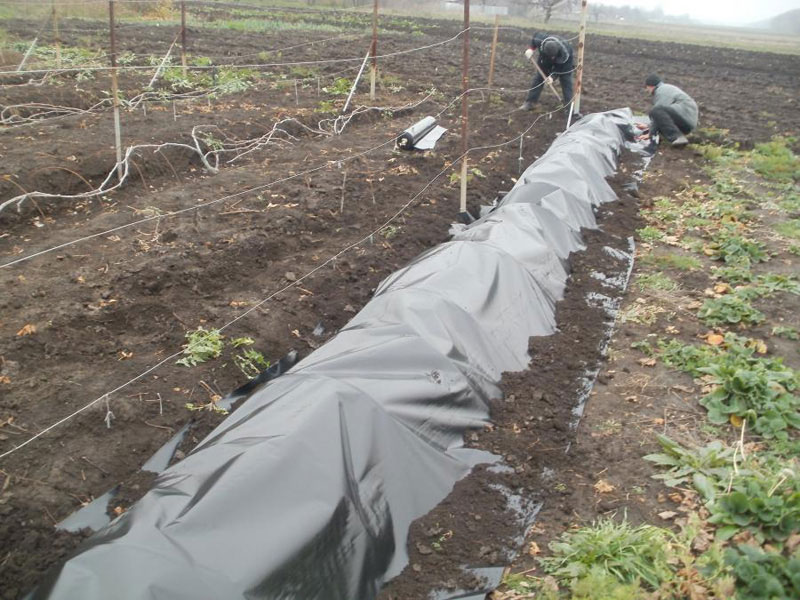 You may be interested in:
You may be interested in:Geotextiles are made from synthetic polypropylene or polyester fibers. It has a long service life and high quality. The canvas is elastic, durable and does not lend itself to destruction under the influence of negative environmental conditions, insects, rodents. The covering fabric is environmentally friendly, it passes air and water well. Plants under the material do not rot and do not grind. Having fallen asleep protective cones of the canvas with snow, you can additionally insulate crops in severe frosts. Insulation varies in color and manufacturing method.
Spanbond is a material that is obtained from thin lines of polypropylene, thermally interconnected. The canvas is actively used not only in personal plots, but also on an industrial scale. It withstands a long service life. Agrofibre is practically weightless, it conducts air and moisture well. The covering material is durable and environmentally friendly. Special stabilizers that are part of the insulation prevent decomposition and damage by fungus and microorganisms. Timely shelter of plants for the winter with a spanbond will protect plants from extreme weather factors.
Polyethylene film
For a long time, this material was the main insulation in the winter. But it had a seasonal life, as it quickly became cloudy, and this prevented the entry of light. The strength of the canvas was sharply reduced, and it easily became damaged. The modern market offers various types of plastic film.
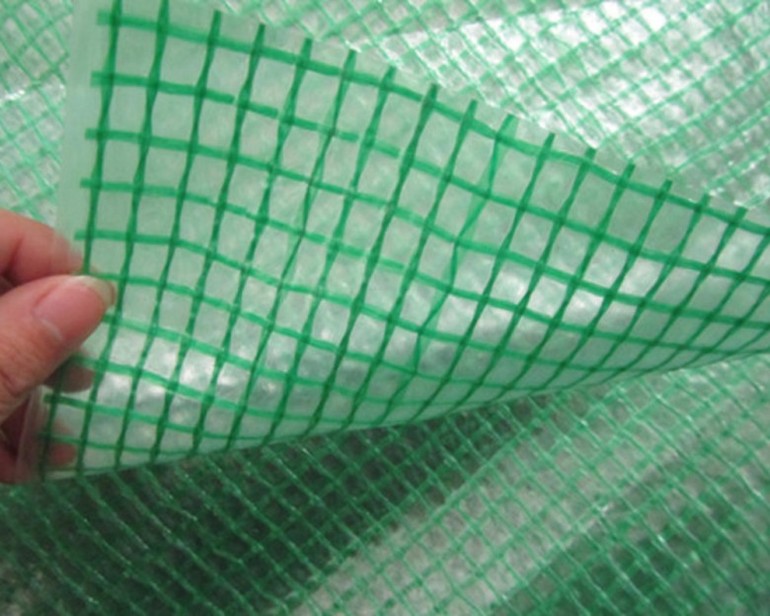
In appearance reinforced film resembles mesh, on both sides of which a plastic film is welded.Mesh threads of various thicknesses are created from polyethylene, fiberglass and polypropylene. Due to this, the canvas has high strength and is resistant to stretching. Damage is limited by the size of the cell, so it is easy to repair.
The vapor and waterproofing properties of the insulation allow it to withstand such difficult weather conditions as frosts down to -30 ºС, heavy wind, precipitation in the form of hail and rainfall. Reinforced film is suitable for use for more than 5 years in a row. Best of all, light is trapped by a white film.Bubble wrap - It is a transparent material with small bubbles that are filled with air. Manufacturers produce several models with different bubble sizes. The larger they are, the better light transmission, but lower mechanical properties. The material is harmless to plants and the human body. Bubble film has good heat-saving properties, therefore it is resistant to low temperatures. The density of the covering insulation is 83-120 g / m². Due to its light weight, the material does not need a frame. But if there is a need for this, then thanks to its plasticity it is easy to mount it on any design.
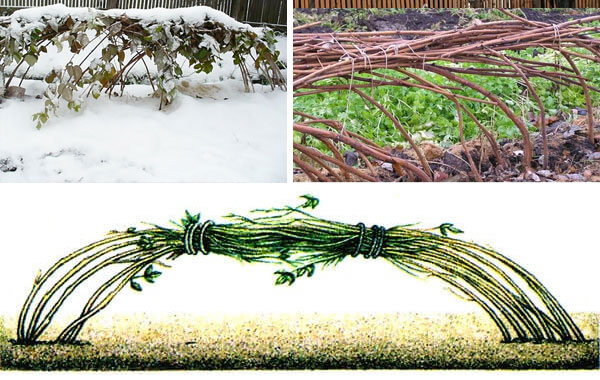 You may be interested in:
You may be interested in: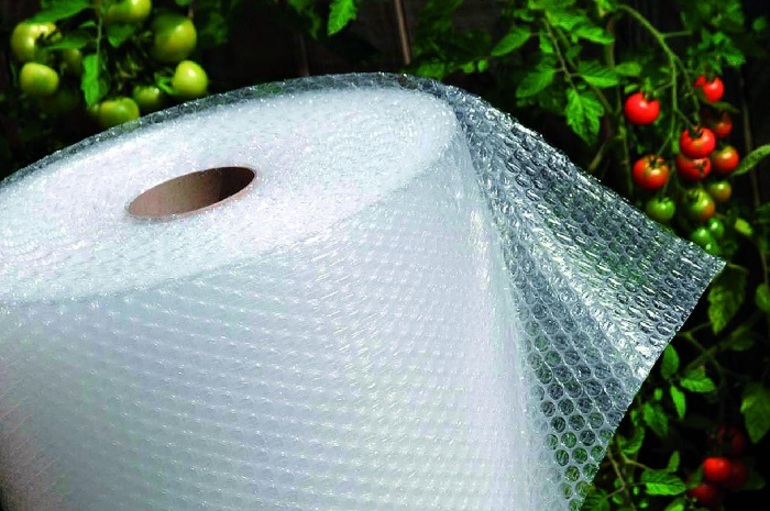
A special stabilizer is added to the composition of the light-stabilized insulation during manufacture, which protects the film from ultraviolet exposure. This helps to increase the period of its use. The canvas is able to protect crops from frost to -8 ºС. Such a heater serves, depending on the model, up to 7 years. To prevent condensation, some manufacturers introduce hydrophilic additives into the composition of the material, and dyes are added to change the spectrum of sunlight. If chemicals containing sulfur or bromine get on the film, it can be destroyed.
Other materials at hand
In addition to natural, non-woven materials and plastic film for insulation, improvised material can be used. Not the best material for sheltering plants for the winter is burlap. It is more likely to protect crops from the sun than frost. Trunks of young trees are tied with sacking and sheltered by heat-loving crops. Bags are sewn from natural and synthetic fabrics.
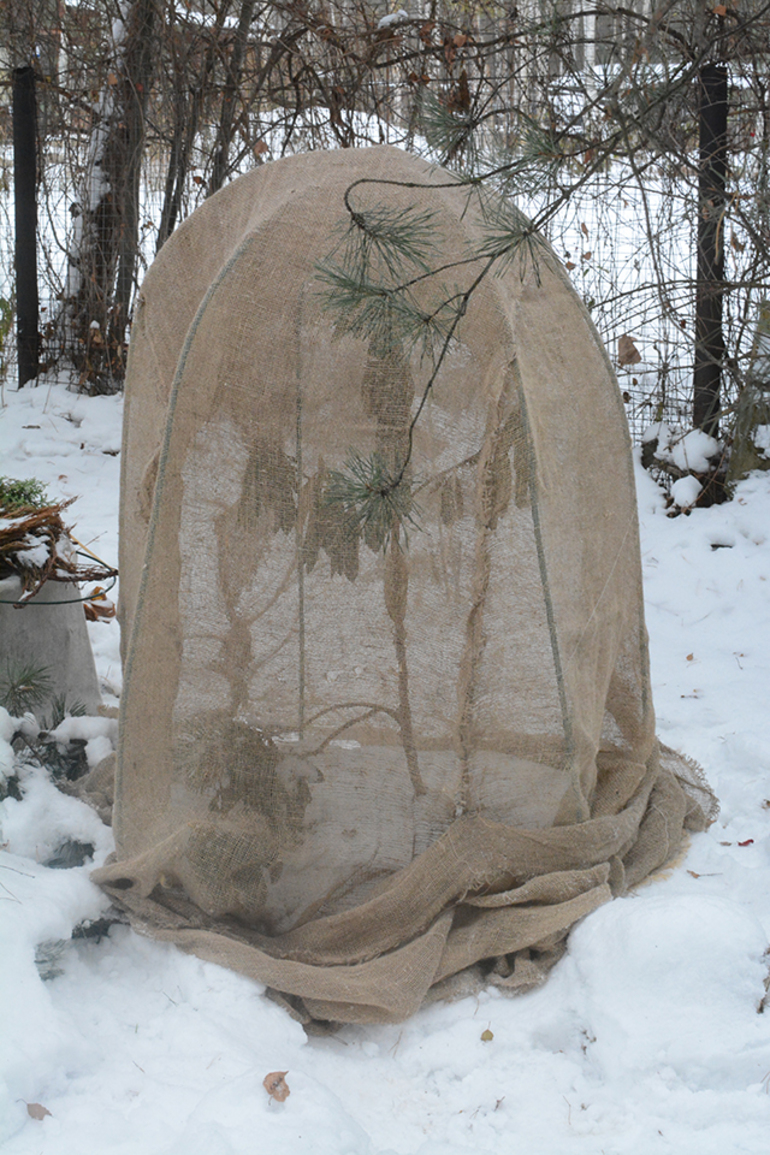
Sacking absorbs moisture and under the influence of low temperatures, the cold wind does not dry out, but turns into an ice crust encircling the plant. Under dry fabric, mold and rot develops. As a result of a violation of air exchange, the culture may die. If old bags that were not properly disinfected were used for shelter, they will become a source of various infections.
Construction objects may contain harmful chemical impurities, for this reason their use should be treated with caution. Some do not allow moisture and air to pass through, which causes the plants to heat up.

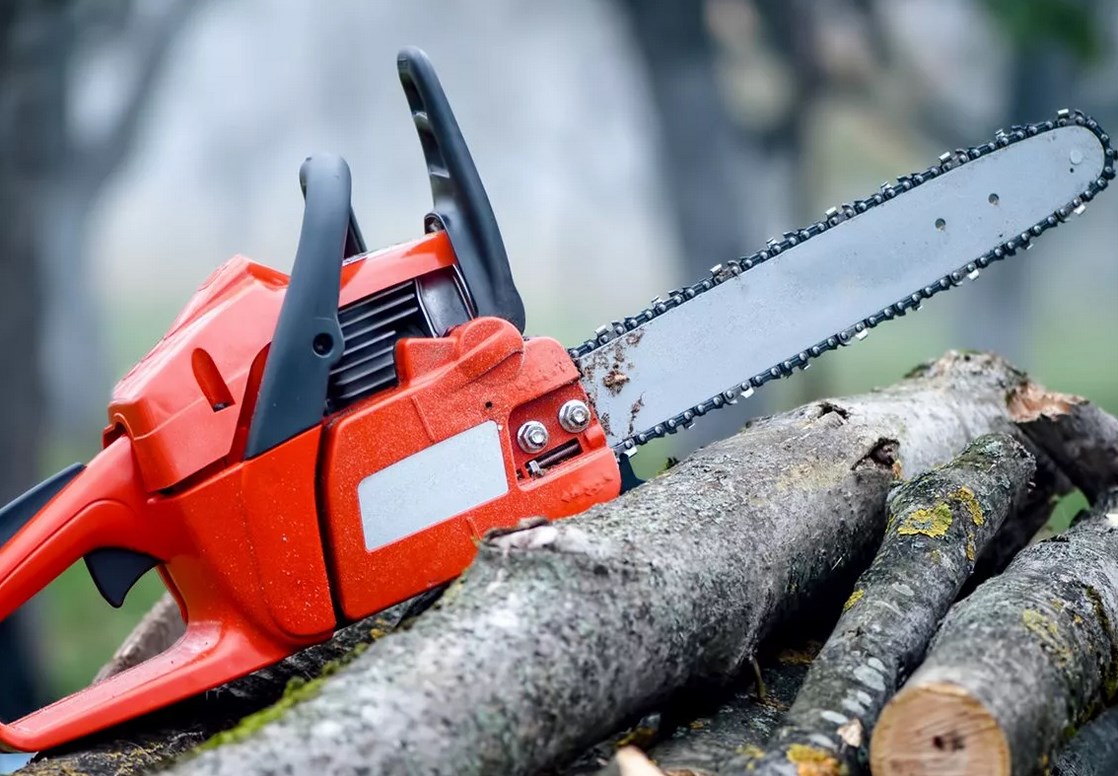
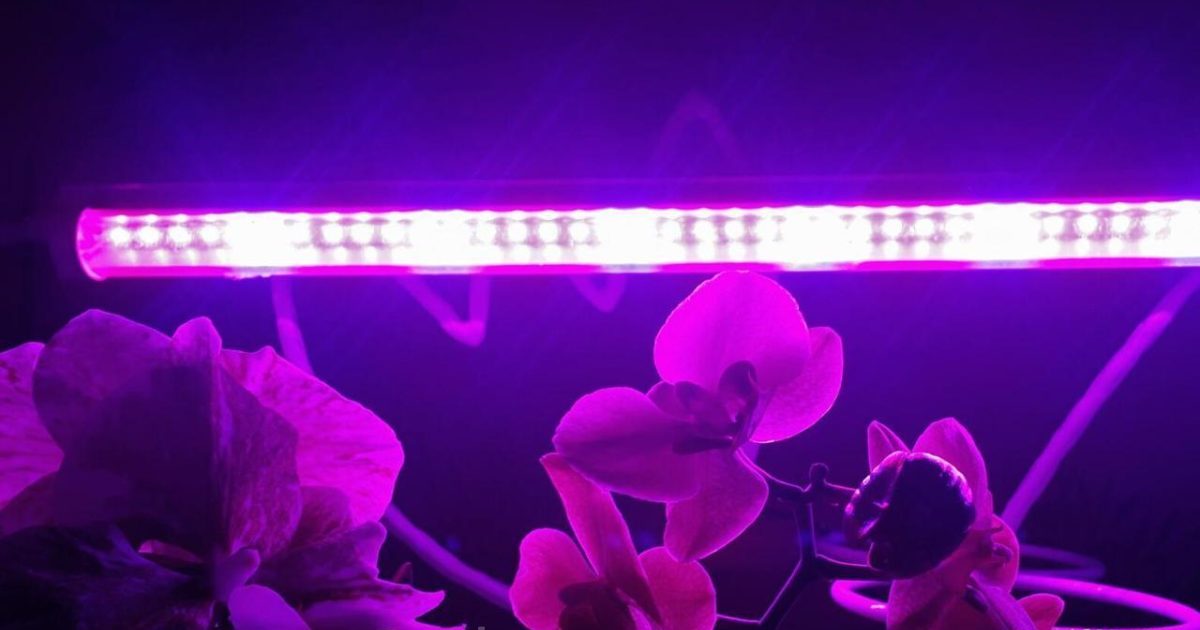
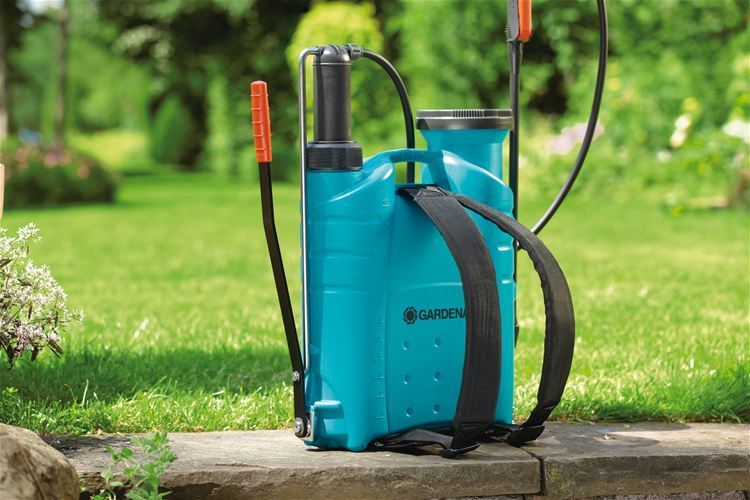
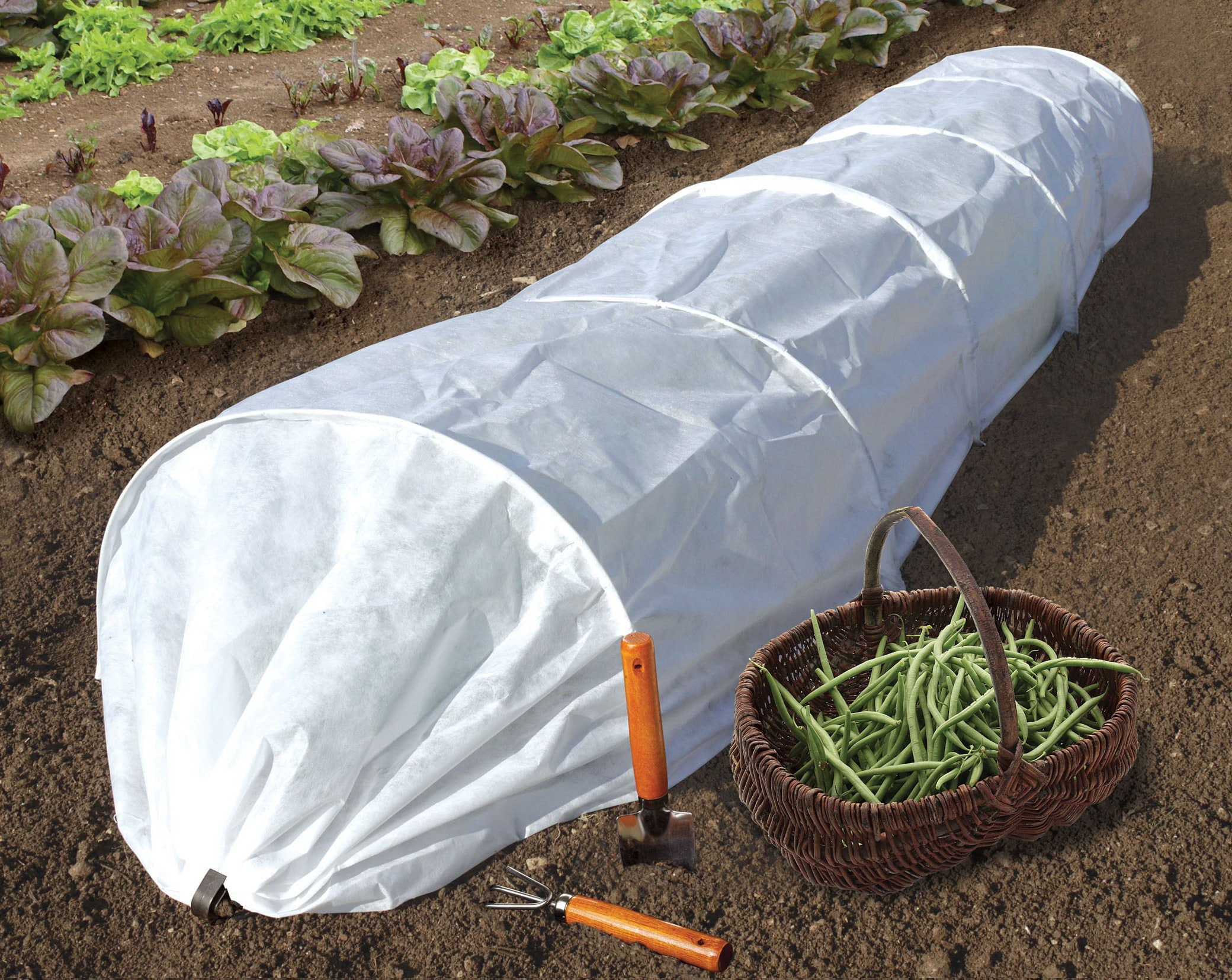 Cover material for plant care: features of use
Cover material for plant care: features of use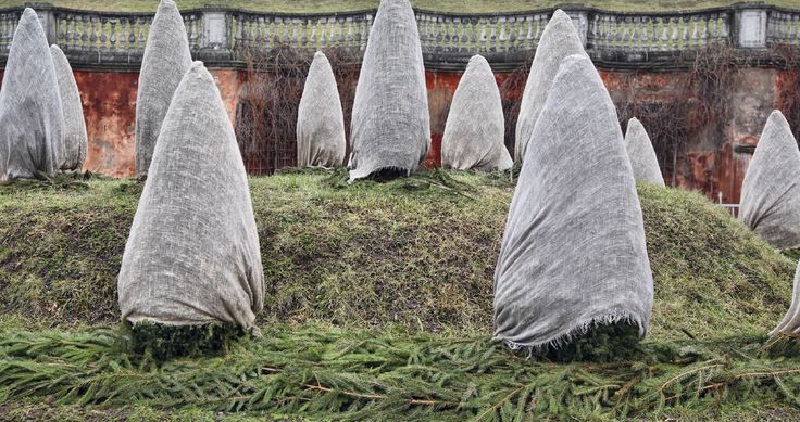 Types of winter covering material for plants
Types of winter covering material for plants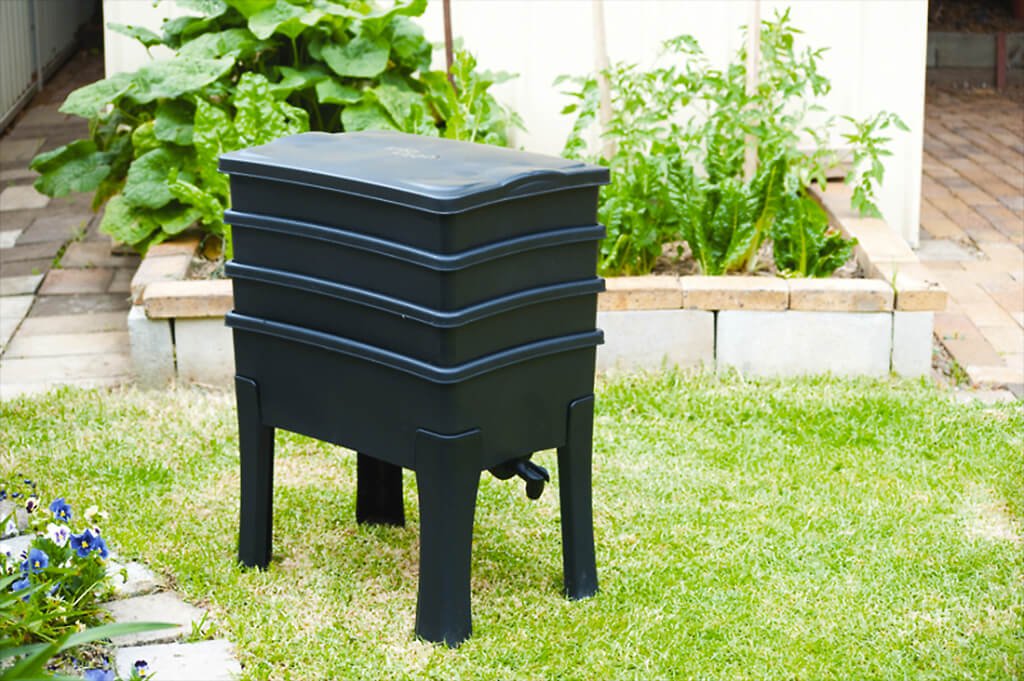 Biohumus Farm
Biohumus Farm What covering material to choose for a greenhouse?
What covering material to choose for a greenhouse?